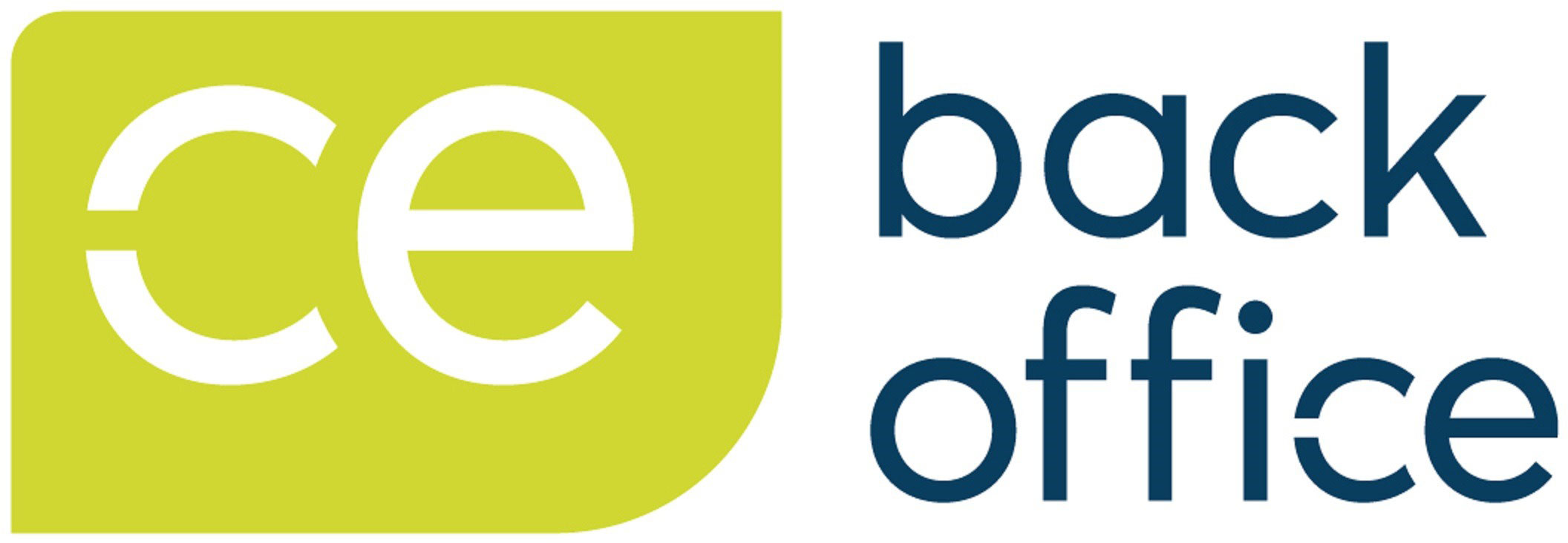Collating skills in your organisation is a crucial process that can provide valuable insights into the capabilities of your workforce. By identifying and organising skills data, you can make informed decisions about resource allocation, recruitment, training programs, and talent management. In this blog post, we’ll walk you through a step-by-step guide on how to effectively collate skills within your organisation.
- Define your objectives: Clearly articulate your goals for collating skills and determine how this information will benefit your organisation. Whether it’s optimising team collaboration, identifying skill gaps, or developing succession plans, having a clear objective will guide your efforts.
- Ensure your foundations are in place: Consider the structure of your jobs and how you describe them. Jobs in a HR system are the building blocks to collating skills. Artificial Intelligence (AI) algorithms learn over a period of time what skills make up a job and how these are evolving.
- Identify relevant skills: Consider the skills that are most critical for your organisation’s success. These skills may vary depending on your industry, department, or specific roles. Think about technical skills, domain knowledge, soft skills, certifications, and other competencies that are essential for your employees.
- Design a skill framework: Develop a structured framework or taxonomy to categorise and organise the skills you want to collate. This framework will help ensure consistency when capturing and analysing skills across your organisation. For example, you can create categories such as technical, leadership, communication, and project management skills.
- Collect skills data: There are various methods you can use to collect skills data from your employees:
- Self-assessment: Ask employees to evaluate their own skills using a standardised questionnaire or survey. Provide clear instructions and guidelines on how to assess their abilities objectively.
- Manager assessment: Involve managers or team leaders in assessing the skills of their team members. Their insights based on observations and interactions can be valuable in assessing skills.
- Performance reviews: Incorporate skill assessment into your regular performance review process. Evaluate how employees have demonstrated specific skills in their job performance.
- Skills inventory: Create a centralised repository or database where employees can update their skills, certifications, and relevant experiences. This can be an internal HR system such as Workday Skills Cloud, SAP SuccessFactors Skills Library, Oracle HCM Dynamic Skills or a dedicated skills management tool.
- Project feedback: Gather feedback from project managers or team members who have worked closely with individuals. Their input can provide insights into the skills utilised and their impact on project outcomes.
- Analyse and aggregate data: Once you have collected skills data, analyse and aggregate it to gain meaningful insights. Look for patterns, trends, and skill gaps within teams, departments, or the entire organisation. Identify areas where specific skills are abundant and areas that require attention or development.
- Utilise the information: Leverage the collated skill data to drive informed decision-making processes in your organisation:
- Resource allocation: Assign employees to projects or tasks based on their skills and expertise to maximise efficiency and productivity.
- Training and development: Identify skill gaps and develop targeted training programs to enhance the capabilities of individuals or teams.
- Succession planning: Identify potential successors for key roles within the organisation based on their skills and career aspirations.
- Team building and collaboration: Use the skills data to build cross-functional teams, promote knowledge sharing, and facilitate collaboration among employees.
- Recruitment and talent acquisition: Utilise the skill data to identify the skills and competencies required for new positions and ensure you hire candidates with the right skill sets.
- Regularly update and maintain the skill inventory: Skills are not static and can evolve over time. Encourage employees to periodically update their skills profiles, and ensure that the skill inventory is kept up to date to reflect the changing capabilities of your workforce.
Collating skills in your organisation is a continuous process that can provide invaluable insights into your workforce’s capabilities. Starting off with a small subset of employees is recommended and by following the steps outlined in this guide, this can help you build the process and prove the value to your organisation. As a result, your organisation will be able to effectively organise and utilise skills data to make informed decisions about recruitment, resource allocation, training programs, and talent management.






